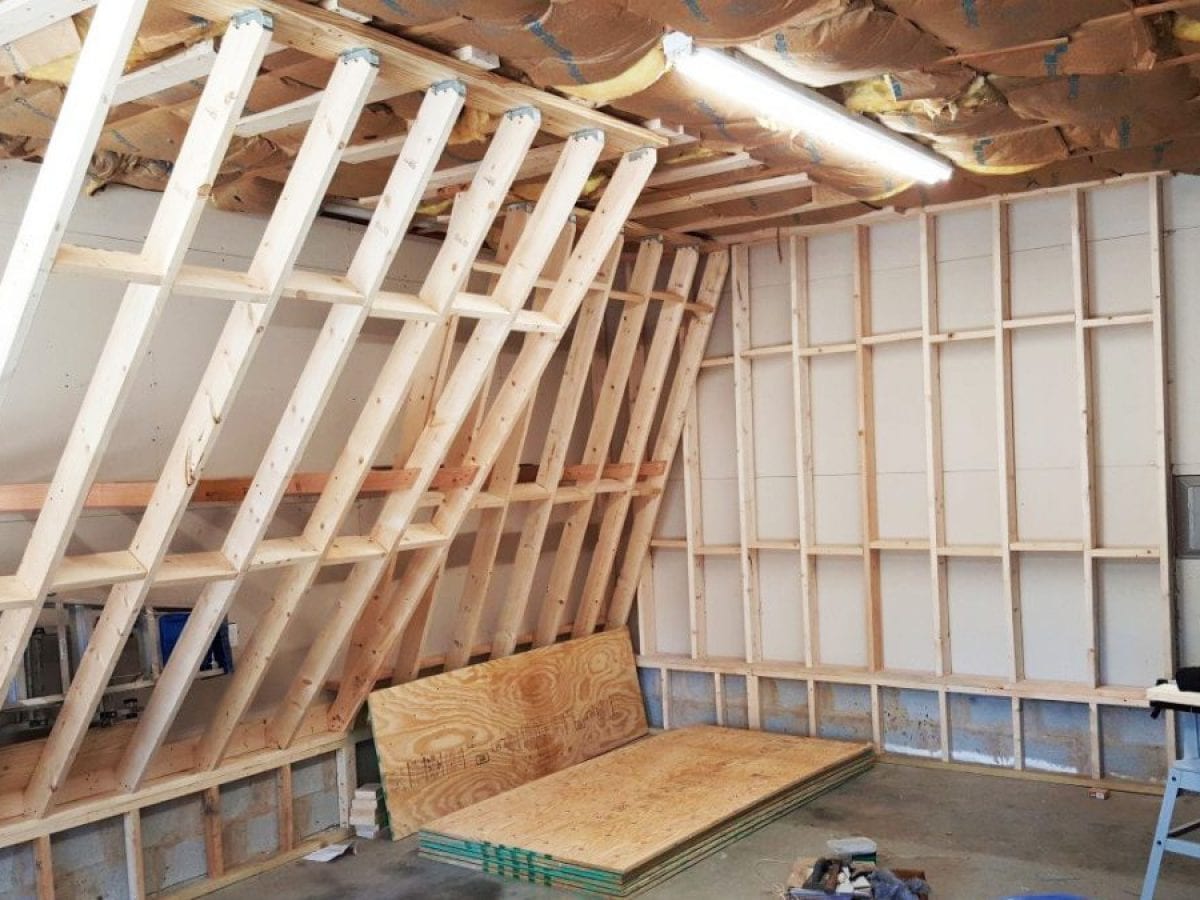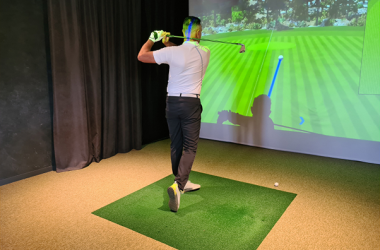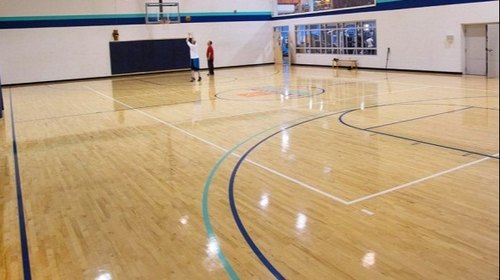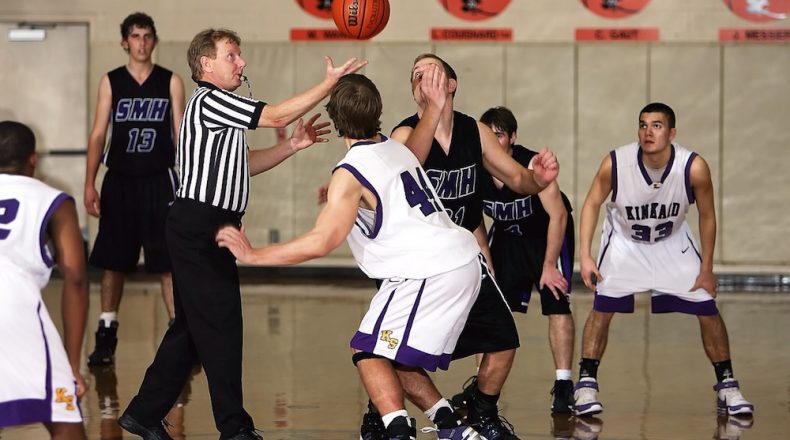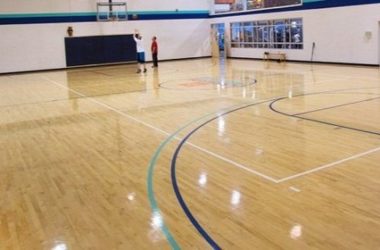Creating a safe and comfortable environment in a climbing room goes beyond just the climbing walls. Two critical components often overlooked are lighting and ventilation. These elements not only enhance the climbing experience but also play a significant role in preventing accidents, reducing fatigue, and maintaining good air quality. Here’s how to ensure your climbing room is well-lit and properly ventilated.
Importance of Proper Lighting in a Climbing Room
Visibility and Safety
Adequate lighting helps climbers clearly see handholds, footholds, and route markers. Poor lighting can lead to missteps, falls, or strain on the eyes, particularly in indoor spaces where natural light may be limited.
Types of Lighting to Use
- Overhead LED lights: Provide bright, energy-efficient lighting that evenly covers the entire area.
- Spotlights or track lights: Useful for highlighting specific climbing routes or areas that need additional illumination.
- Natural light: If available, windows or skylights can reduce the need for artificial lighting and create a more inviting atmosphere.
Lighting should be diffused to reduce glare and shadows, both of which can obscure important features on the climbing wall.
Tips for Optimal Lighting Setup
- Use cool white LEDs for clear visibility without altering wall colors.
- Install dimmable lights in training areas to adjust brightness for different activities.
- Ensure lighting reaches all corners to eliminate dark spots, especially near flooring and fall zones.
The Role of Ventilation in Climbing Rooms
Air Quality and Climber Comfort
A climbing room filled with people and physical activity generates heat, moisture, and carbon dioxide. Without proper ventilation, the air can quickly become stale, uncomfortable, and potentially harmful, especially in enclosed indoor spaces.
Preventing Chalk and Dust Buildup
Chalk, used to improve grip, tends to linger in the air and settle on surfaces. This not only affects air quality but also creates a slipping hazard if left unchecked. Good airflow minimizes airborne particles and maintains a cleaner space.
Best Practices for Ventilation
Natural Ventilation
If the room has access to windows or vents, open them periodically to allow fresh air in. Cross-ventilation (airflow from one side to the other) is particularly effective for refreshing indoor spaces.
Mechanical Ventilation
For windowless climbing rooms or areas with limited airflow, mechanical ventilation is a must:
- Exhaust fans to remove stale air and reduce humidity
- Air purifiers with HEPA filters to capture chalk and dust particles
- HVAC systems with fresh air intake to maintain temperature and air quality
Air circulation should be continuous, especially during peak hours, to prevent the buildup of heat and pollutants.
During planning and setup at a salle d’escalade Vertical Bloc, designers often integrate advanced lighting and ventilation systems tailored to climbing environments. This ensures safety, comfort, and hygiene for all users—from beginners to advanced climbers.
Maintenance and Monitoring
Regular Equipment Checks
Light fixtures and ventilation systems should be checked regularly to ensure they’re functioning correctly. Replace filters, clean vents, and inspect wiring as part of routine maintenance.
Air Quality and Light Level Monitoring
Install sensors to monitor humidity, CO₂ levels, and light intensity. These tools provide real-time feedback and help maintain a consistently safe environment.
Conclusion
Lighting and ventilation are essential to a safe, enjoyable, and high-performing climbing room. By ensuring visibility and fresh air flow, gym owners can create a space that supports climbers’ health and reduces the risk of injury. Investing in proper systems not only enhances the experience but also shows a commitment to safety and quality.


